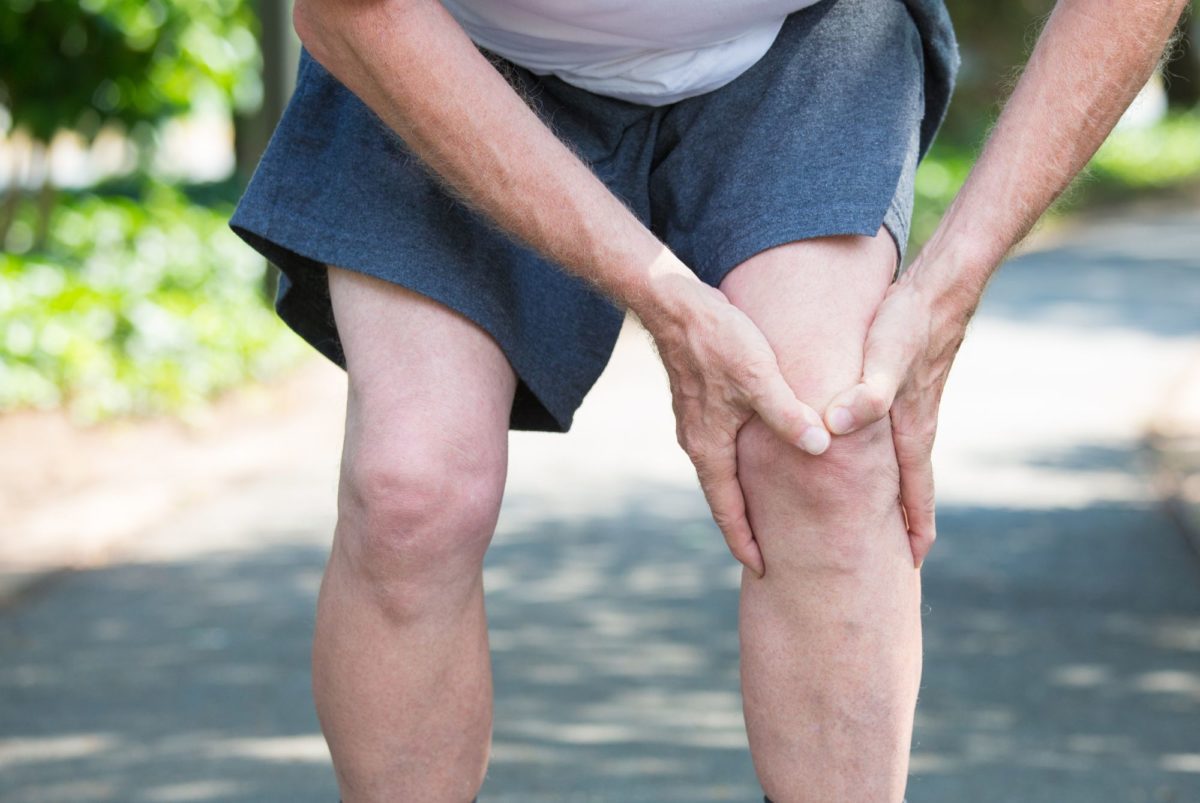ACL Tear Treatment: Surgery or Rehab?

It’s the dreaded ‘pop’ in the knee that no athlete wants to feel. A torn anterior cruciate ligament (ACL) is one of the most common injuries among athletes – particularly in sports that involve sudden stops and changes in direction. In fact, Australia has the highest reported rate of ACL injuries in the world.
The tear can be immensely painful, and severely impair functioning. Fortunately, there are several ACL tear treatment options to get your knee back in action.
If you’ve been recently diagnosed with an ACL tear you may be wondering: what is the best treatment option – surgery or rehab?
What is an ACL tear?
The sits deep within the knee, connecting the thigh bone (femur) to the shin bone (tibia). Its role is to stabilise the knee joint by preventing the tibia from moving unnaturally beyond the femur.
Certain sports and activities can put stress on the knee joint. These include:
- Suddenly slowing down or changing direction
- Pivoting with your foot firmly planted
- Landing awkwardly from a jump
- Receiving a direct blow to the knee or having a collision (eg. being tackled)
- Sudden stopping
When the ACL tears, you may hear or feel a ‘pop’ in the knee, followed by severe pain. A tear can be either partial or complete. This distinction will ultimately determine whether you require surgery.
Does ACL tear treatment require surgery?
The need for surgery will depend on both the severity of the ACL and your level of activity.
An ACL injury is typically categorised as a grade 1, 2 or 3.
- Grade 1 – mild damage to the ACL, such as stretching of the ligament
- Grade 2 – a partially torn ligament
- Grade 3 – a completely torn ligament
Partial ACL tear treatment typically encompasses recovery and rehabilitation over the course of 3+ months. However some cases may still require further treatment.
If you do not regularly undertake activities that involve pivoting movements on the knee, physical therapy rehabilitation may be a sufficient treatment pathway.
A complete ACL tear will, however, be far less likely to recover without surgery. Surgery is most commonly recommended for:
- Athletes looking to continue playing sports involving jumping, cutting or pivoting
- Cases where more than one ligament is injured
- Individuals that have also torn meniscus that requires repair
- Cases where the injury is causing the knee to buckle during everyday activities
The surgical procedure is very common and is known as reconstructive surgery.
Not only does Australia have the highest rate of ACL injuries, we also have the highest reported rate of surgical ACL reconstruction.
Surgery for ACL tear
Surgery for an ACL tear is considered a major surgery. It involves the removal of the torn ligament and replacing it with a band of tendon tissue. This ‘graft’ tissue is typically taken from another part of the knee.
Reconstructive surgery for an ACL tear has around an 80% success rate for patients regaining pre-injury functioning. The remaining 20% of patients may require future surgery to regain knee functionality.
Recovery from ACL surgery takes around nine months.
Rehab is one of the most effective ways to improve your chances of making a full recovery, post-surgery.
Rehab for ACL tear
Rehabilitation and physical therapy should form part of your treatment plan – regardless of whether you opt for the surgical route or not.
In one case, physical therapy will be rehabilitation of the knee following the injury.
In the other case, physical therapy will take the role of prehabilitation for surgery, working to strengthen the knee prior to surgery to improve recovery post-op.
Rehab for an ACL tear is often prescribed in place of surgery for individuals with:
- Partial tears and no instability symptoms
- Complete tears but no symptoms of knee instability during low-demand sports, and aren’t returning to high-demand sports
- Light manual work requirements or inactive lifestyles
ACL tear treatment without surgery is implemented under the guidance of either an exercise physiologist (EP) or physiotherapist.
Our physio Runaway Bay clinic is an important first place to visit for an ACL tear is an important first step in the treatment process. After an ACL tear, physiotherapy or EP management focuses on regaining mobility, strength, and stability.
Emerging research shows that in many cases, rehab alone has proven to be equally (if not more) effective as surgery, in getting athletes back to playing sport after an ACL injury. However, this is dependent on many of the factors outlined above, and should be a topic for discussion with a qualified physio or EP.
Atkins Health is home to a team of exercise physiologists and physiotherapists experienced in the treatment of ACL injuries of all degrees. Get in touch to arrange your personal consultation and discover the best treatment option for your ACL injury.


